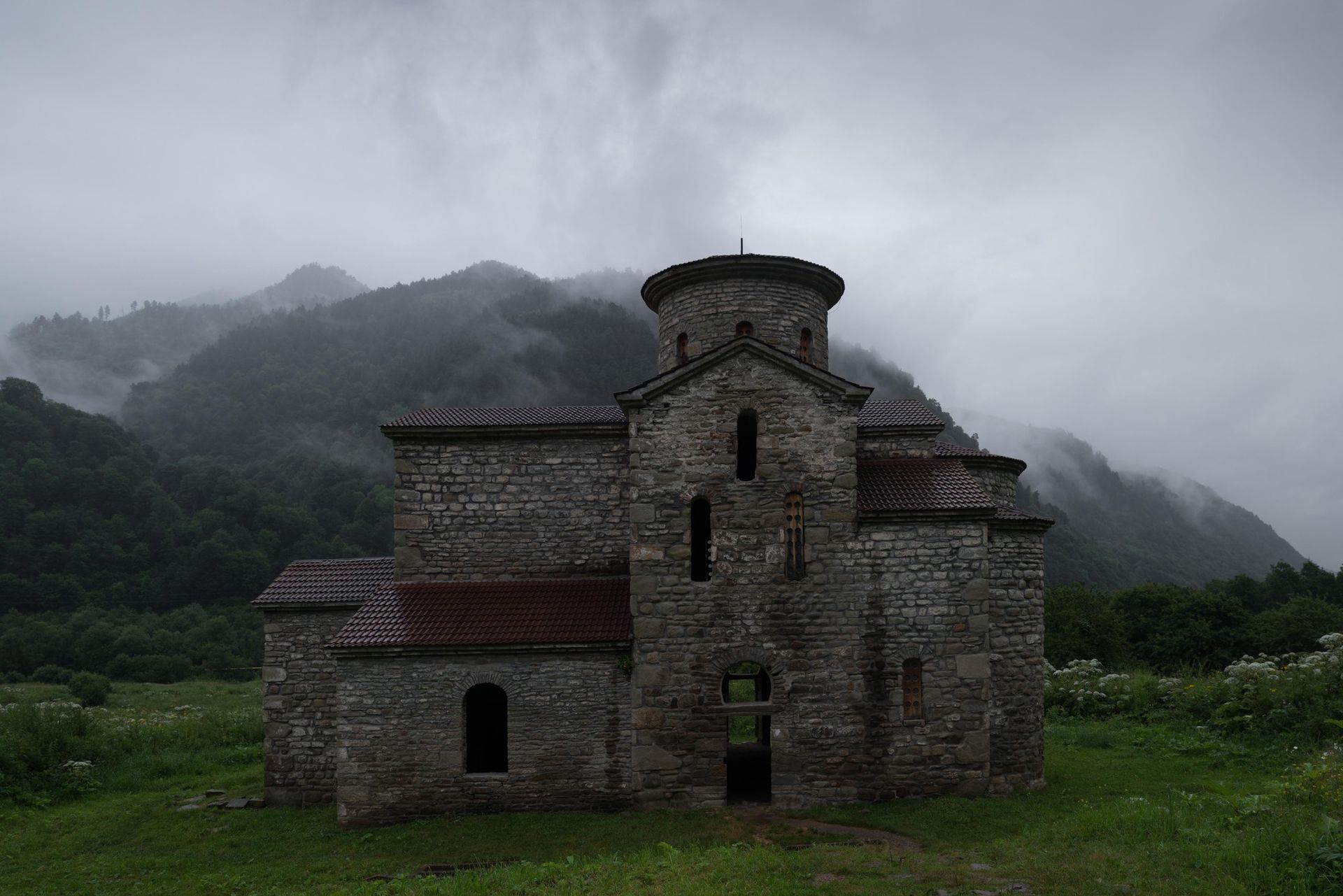An observatory in a remote mountain village in Russia’s northern Caucasus is the unlikely location for a new series of installations by Russian and foreign artists. The show is organised by Austria’s cultural attaché in Russia, Simon Mraz, and Madina Gogova, the co-founder of Artwin Gallery in Moscow and the minister of culture for the Karachay-Cherkess Republic in the northern Caucasus, as well her sister Mariana Gogova, also of Artwin and founder of the Gogova Foundation. Titled The Observatory, the exhibition opens to the public on 16 October and runs until 5 November.
Mraz, the director of the Austrian Cultural Forum Moscow, describes the community of around 1,000 people in the village of Nizhny Arkhyz as enjoying a unique physical and intellectual microclimate. The Russian Academy of Sciences set up an astrophysics lab in the village in 1966, which is home to one of the largest telescopes in the world.
There is a unique link between the scientists and artists, Mraz says. “Very few people understand what they are talking about because the closest thing they deal with is some hundreds of thousands of light years away,” he tells The Art Newspaper. “They are somehow a really kind of closed society and that makes them somehow quite understandable for artists.”
The art project marks the 55th anniversary of Yuri Gagarin’s space flight and the 50th birthday of the observatory.
Nizhny Arkhyz’s Modernist architecture and flowers on the streets would not look out of place in Switzerland, Mraz says. Nearby are three tenth-century Byzantine-style churches—thought to be among the oldest in the Russian Federation—that are integral to the art project. Nizhny Arkhyz was part of the kingdom of Alania before its destruction by Mongol invaders in the 13th century.

Artists from Russia Austria, Bulgaria and Germany have been brought to the village by Mraz and Gogova to plan a series of works. Some of the funding for artists is being provided by the Gogova Foundation of Madina’s sister, Mariana.
Among the installations will be Abolished Constellations by Alexandra Paperno, consisting of silk-screen re-creations of ancient constellations. It will be displayed in one of the churches to create a dialogue between the Medieval and contemporary history of the location.
The Karachay-Cherkess Republic has experienced Islamic extremist flare-ups but has recently revived its reputation as a skiing destination. Gogova is counting on art bringing in even more tourists. “Although the region is small, there are very many interesting scenic and historic attractions,” she tells The Art Newspaper. “This site is unique not only for the republic and for Russia, but for the world,” she says of the observatory.

